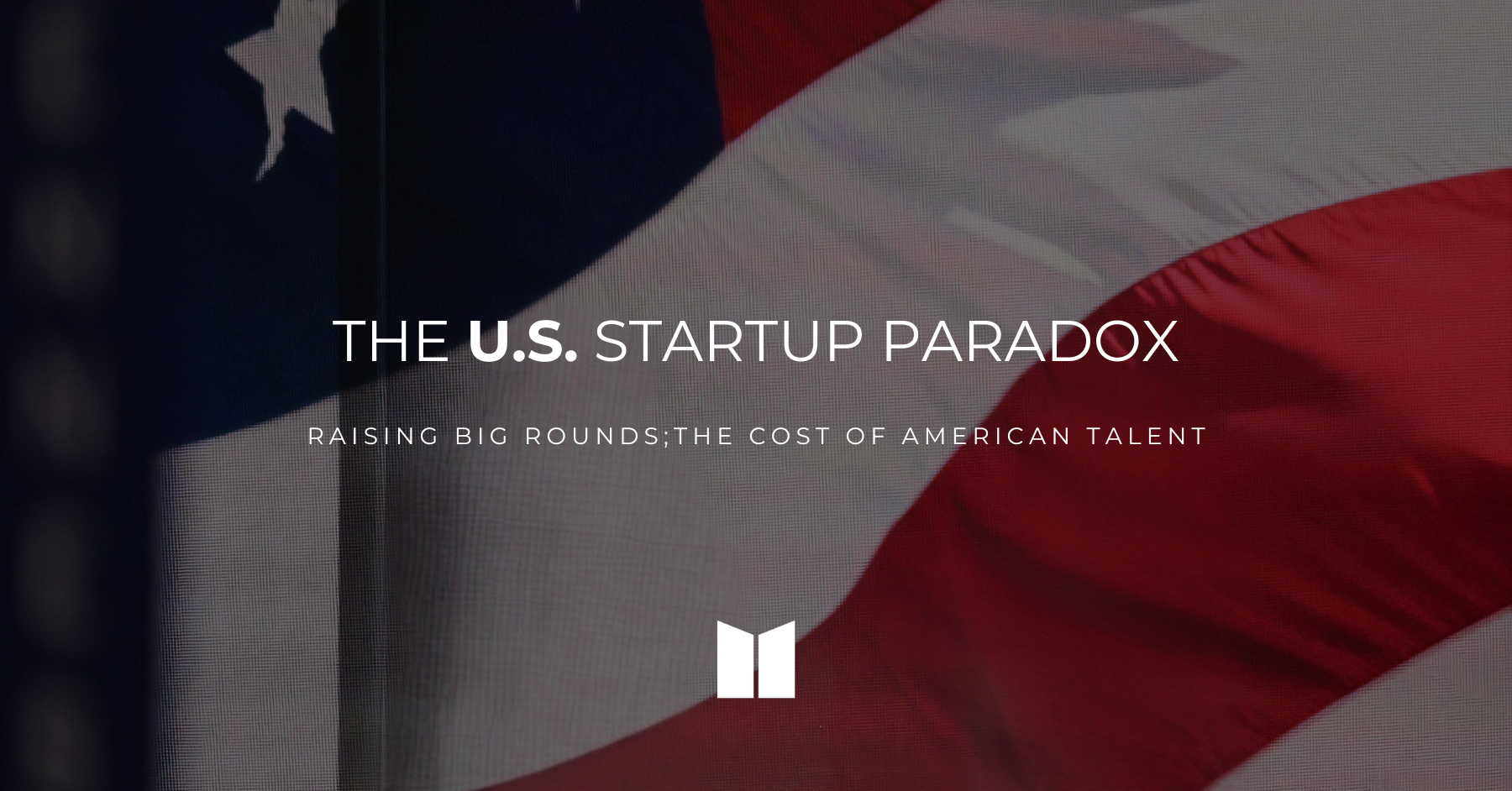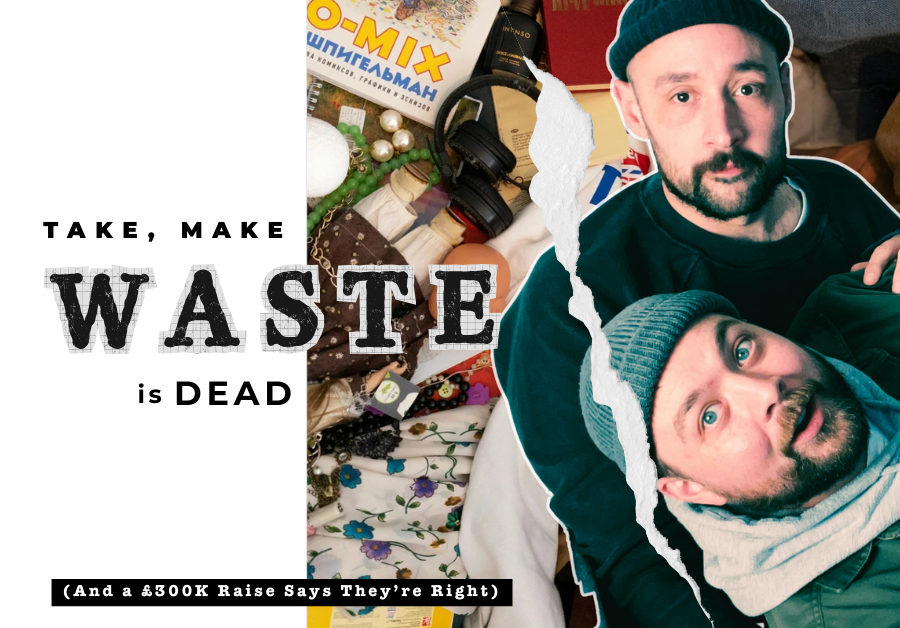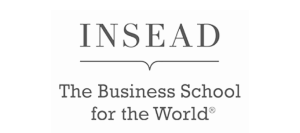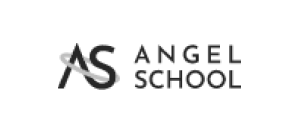TL;DR
- U.S. startups raise more capital than UK/European ones, but they also burn through it faster—mainly due to the cost of hiring U.S. engineers.
- Many early-stage founders overhire too soon or delay launch while searching for technical co-founders.
- Startups in San Francisco or New York spend 2–3x more on development than those working with international teams.
- MOHARA helps non-technical founders build MVPs faster and more affordably by acting as an embedded product team.
- Smart founders delay expensive U.S. hires until after product-market fit, when metrics are in place and Series A is in sight.
The Funding Paradox: More Capital, More Pressure
In the glittering promise of U.S. venture capital, there’s a quiet contradiction. 2024 marked a banner year, over $209 billion in startup funding poured into the ecosystem, much of it fueled by the AI gold rush (Reuters, 2024). On paper, the future looked flush. But as any seasoned founder will tell you, money doesn’t always make things easier.
Raising capital in the U.S. is often fast. But execution? That’s where the terrain gets tricky. Bigger rounds mean higher expectations, inflated valuations, and often, premature scaling. Founders quickly find themselves trading flexibility for pressure.
And for many, the cost of hiring U.S. engineers becomes one of the most underestimated threats to their runway.
___
The Hidden Cost of Speed
The logic seems sound: raise more, hire faster, move quickly. But in practice, early-stage founders often end up building expensive teams before their products are ready for market. A $1.5M pre-seed round might feel like a win, until two engineers at $200K each swallow nearly a third of it.
According to Carta, U.S. seed-stage valuations averaged $15M in 2023. That kind of number, pre-traction, sets a dangerous pace. If growth doesn’t match the hype, founders face down rounds, shrinking morale, and cap tables that look more like cautionary tales than clean slates.
___
Capital Inefficiency Isn’t Just Expensive. It’s Stifling.
Startups often conflate momentum with progress. A busy dev team, a slick Figma prototype, a roadmap with 19 features, none of it means you’re getting closer to product-market fit. And yet, millions get funneled into teams and tools before the first real user test. The result? A nine-month runway, a blurry go-to-market plan, and no room to breathe.
There’s also a strange psychology that kicks in once a founder raises a few million. The hunger softens. Scarcity gives way to strategy decks. And instead of urgency, there’s opulence.
___
Why Building a Startup in the U.S. Is So Expensive (and So Easy to Get Wrong)
Founders chasing scale in the U.S. aren’t just up against inflated salaries and short runways. They’re also competing in a market where speed is survival. Pre-seed rounds of $750K–$2M are now standard, while their UK counterparts raise closer to £250K–£500K (Dealroom, 2024).
Sounds like an advantage, until you realize your competitors are burning at the same pace you are and racing to out-launch you.
Add in engineer salaries that rival private equity bonuses (Glassdoor puts a San Jose front-end dev at $124,668), and it’s easy to see how capital turns into kindling. One or two wrong hires and you’ve torched a third of your raise.
___
A Smarter Path: Leverage Without the Burn
The first 12-18 months of building of a startup’s life are less about scaling and more about sharpening focus. It’s a stretch of time defined, not by certainty but by exploration. It’s a chance to observe, adjust, and learn what the business actually needs before you lock in costly hires/ rigid plan. Founders who treat this period as a proving ground rather than just a checklist tend to build with more clarity and less waste.
More founders are embracing alternative models: venture studios with embedded product teams that work fast, stay lean, and build for real-world feedback. BCG calls this shift a strategic lever, a way to de-risk early execution while preserving capital (McKinsey, 2023).
___
The Lean MVP Approach for Non-Technical Founders
At MOHARA, we act as your founding product team. We bring the designers, engineers, and product minds, without the salary overhead. No six-month talent hunt. No early dilution. No mystery invoices.
Instead, you get:
- A team that has invested in over 40 startups and been involved in building over 100. That is a lot of knowledge
- Capital-efficient execution (at 50% of typical U.S. cost)
- A partner that takes long-term equity positions and builds with skin in the game
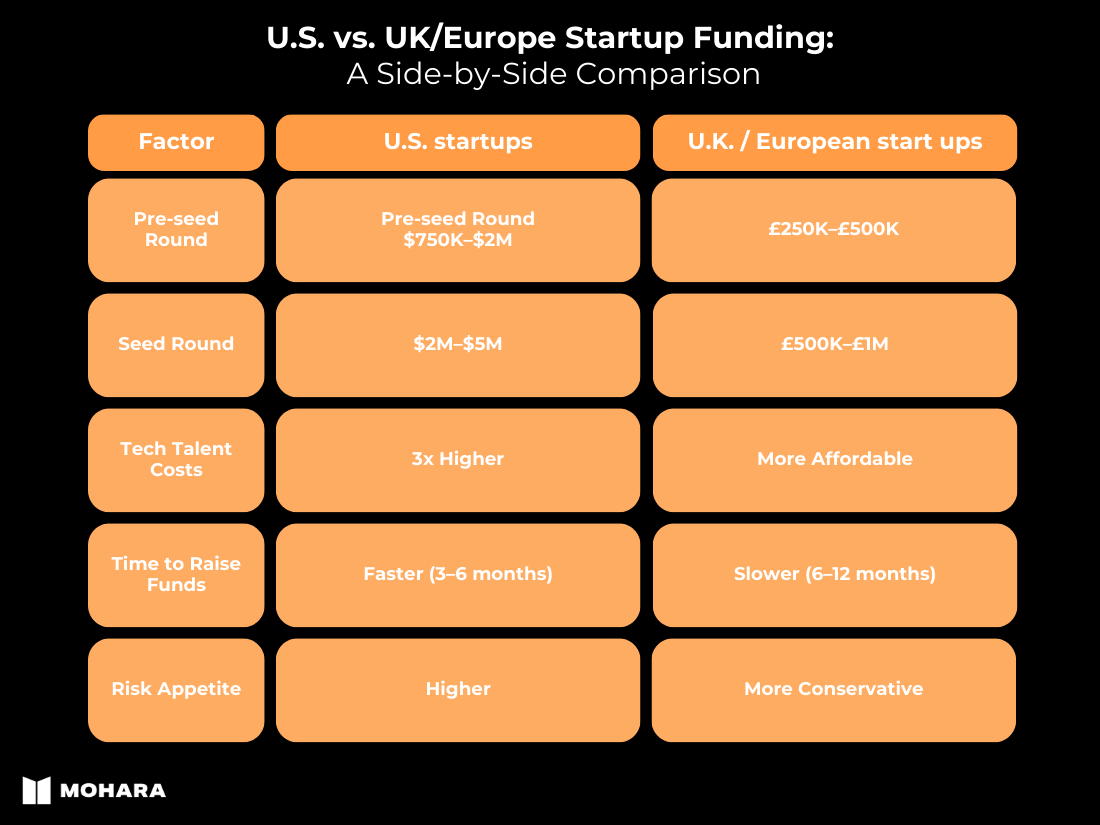
How Early-Stage Funding Differs Between the U.S. and UK. Data compiled from Carta, Dealroom, Crunchbase
According to Dealroom and Crunchbase, U.S. rounds are larger, but European investors tend to wait for traction before opening their wallets. This means fewer blown budgets, fewer inflated expectations, and more space to get things right the first time.
U.S. founders build fast. European founders build lean. Neither approach is wrong, but each comes with trade-offs The U.S. builds fast, Europe builds lean- why can’t both be possible?.
Some teams are beginning to bridge that gap- moving with urgency but staying lean enough to still adapt. At MOHARA, we’ve found our rhythm somewhere in the middle: building quickly inside the U.S. market, but doing so with the kind of restraint and clarity that comes from working across global ecosystems.
___
The Biggest Risk Between Pre-Seed and Series A
The riskiest moment in a founder’s journey isn’t launch. It’s the blurry gap between pre-seed and Series A, when expectations skyrocket but the product isn’t there yet.
In 2023, the average U.S. seed round reached $3.8M (PitchBook). But many founders raise before they know what they need. They hire fast, scale prematurely, and suddenly face a board that wants metrics yesterday.
That kind of pressure breaks startups. Cap tables balloon. Morale thins. And hiring gets harder, not just financially, but reputationally.
___
What Smart Founders Are Doing Differently
The smartest founders aren’t skipping ambition. They’re sequencing it.
Instead of raising $2M to build a maybe-product, they’re working with product builders like MOHARA to launch fast, test what matters, and delay big hires until the need is clear. They’re preserving equity, extending runway, and treating capital as a tool, not a trophy.
By the time they’re ready for Series A, they’ve got traction, fit, and a clean cap table. They’re not playing catch-up. They’re already moving.
___
What This Means for Founders in 2025
The U.S. startup scene is high-stakes and high-reward. But it punishes the wrong kind of speed.
You don’t need a $15M valuation and a 10-person team to prove your idea. You need urgency, clarity, and a partner who builds with intent.
At MOHARA, we help founders do more with less. Build fast. Test hard. Scale on your own terms.
Let’s build smarter—not just bigger.


